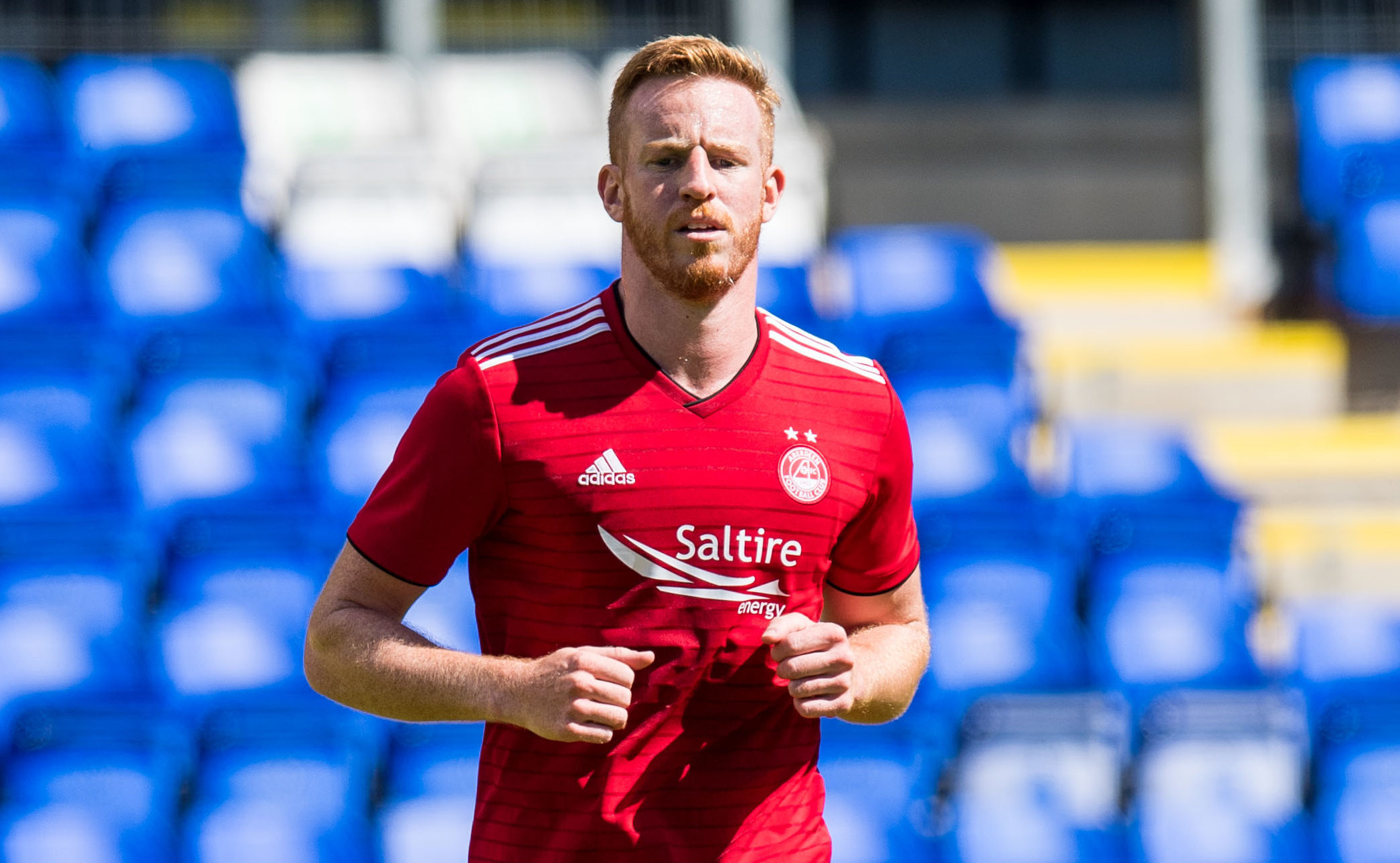
ENGLISH football fans don’t need much encouragement to bash the Scottish game.
That’s why Adam Rooney’s move from Aberdeen to Salford City has been such a talking point.
For a player like Rooney to ditch the Dons for a non-league club in England looks bad on paper.
But it says more about Salford City than it does about the Scottish Premiership.
Let’s not mess about. The Manchester club has been heavily bankrolled.
Half of it is owned by Singaporean billionaire, Peter Lim, who also owns Spanish giants, Valencia.
The other half of Salford City is split five ways between Gary Neville, Phil Neville, Paul Scholes, Ryan Giggs and Nicky Butt.
Aberdeen are owned by Stewart Milne, who is a very wealthy man.
But he’s no Peter Lim.
So while the idea that an English non-league club can offer higher wages than Aberdeen looks surprising, I don’t think it’s a shock that Salford City are in that position.
Whether or not it’s right is a different story.
I don’t believe for a second that Salford City’s football earnings in the National League can cover what they are spending on wages for the likes of Adam Rooney, along with whoever else they’re paying big bucks for.
It’s pretty obvious they are pushing the boat out in order to climb the leagues – a bit like Gretna did in Scotland.
That story didn’t end well.
I’d imagine that it will be different for Salford City, given the household names who are involved there.
But it’s still a strange situation, and it doesn’t leave a pleasant taste in the mouth.
Aberdeen aren’t the only club in Scotland to have lost out on a player to the Manchester millionaires.
Motherwell boss Stephen Robinson claimed Salford “blew us away with money” in a battle between the sides to sign a player.
Gary Neville hit back, accusing Robinson of breaching “etiquette” by talking about his club’s spending power.
I’m not having that.
If you’re going to chuck money around, people are going to talk about it – and why shouldn’t they?
For Scottish clubs in particular, that’s a sore point.
These days, Premiership sides just can’t compete with their English counterparts – even those miles down the leagues.
I’ve said it before. The guys who have been in charge of securing TV deals for the Scottish game over the years are to blame.
Obviously, they aren’t going to be able to compete for cash on the same level as the English leagues.
They had the absence of Rangers from the top flight for four seasons as a convenient excuse.
But they have still sold Scottish football short. Adam Rooney’s departure stands as part of the proof. Yes, he went to Salford City, who are a special case.
But if Aberdeen had been collecting a healthier purse from TV companies over the last decade, I doubt Rooney would have been so keen.
The Dons are preparing to face Burnley in the Europa League.
It’s a huge game – a Battle of Britain.
After that, if Aberdeen pulled off a shock, there would be more European games.
Then there was the prospect of another crack at catching Celtic.
Instead, Rooney will be playing against the likes of Solihull Moors and Barrow in front of crowds in the hundreds.
Money talks. It’s just a shame that those in charge of bringing cash to Scottish football haven’t had more to say on the game’s behalf.

Enjoy the convenience of having The Sunday Post delivered as a digital ePaper straight to your smartphone, tablet or computer.
Subscribe for only £5.49 a month and enjoy all the benefits of the printed paper as a digital replica.
Subscribe